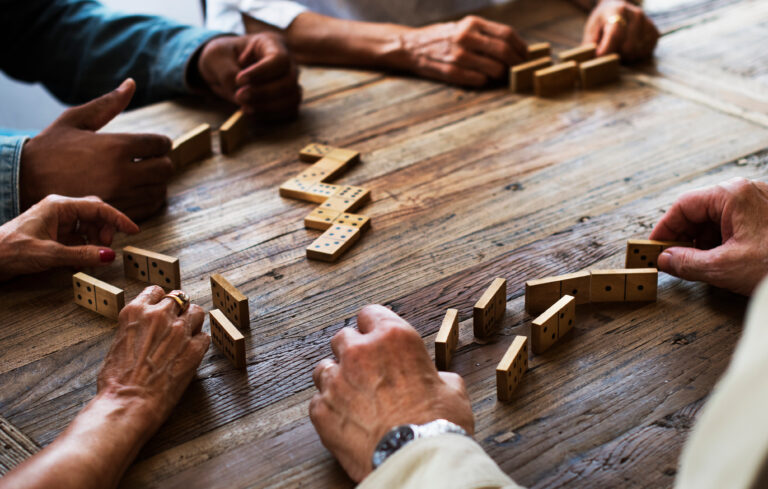Dementia is a debilitating condition that affects millions of people worldwide. It causes a decline in memory, thinking, and behavior, making everyday tasks more difficult for those who suffer from it. One of the most common and dangerous symptoms of dementia is the increased risk of falling. According to the Centers for Disease Control and Prevention (CDC), falls are the leading cause of injury and death among older adults.
For individuals with dementia, the risk of falling increases even more due to the decline in cognitive abilities. As a result, it is crucial to take preventative measures to reduce the risk of falls. One effective way to prevent falls in individuals with dementia is by removing tripping hazards, such as loose rugs, from their environment.
Loose rugs may seem harmless, but for someone with dementia, they can be a significant safety hazard. They can easily catch someone’s foot, causing them to lose balance and fall. This can lead to serious injuries such as fractures, head trauma, or even death. For individuals with dementia, these injuries can be even more severe due to their weakened physical and cognitive abilities.
Removing tripping hazards like loose rugs may seem like a simple task, but it requires careful consideration and planning. Here are some practical tips on how to effectively remove tripping hazards for individuals with dementia:
1. Identify all potential tripping hazards in the living space: The first step in preventing falls is to identify all potential tripping hazards in the person’s living space. This includes loose rugs, extension cords, cluttered pathways, uneven surfaces, and anything else that can cause someone to trip and fall.
2. Secure loose rugs: Loose rugs are a common tripping hazard in many households. To prevent falls, make sure all rugs are secured to the floor with non-slip mats or double-sided tape. If possible, it is best to remove all loose rugs completely.
3. Create clear pathways: Individuals with dementia often have difficulty navigating through cluttered and crowded spaces. To prevent falls, it is essential to create clear pathways in the living space. This will make it easier for them to move around without the risk of tripping on objects.
4. Remove unnecessary furniture: Having too much furniture in a living space can also increase the risk of falls. Consider removing any unnecessary furniture or rearranging the layout to create more open and accessible spaces.
5. Keep floors clean and dry: Wet or dirty floors can be extremely slippery and pose a significant risk for falls. Make sure to immediately clean up any spills or messes on the floor to prevent accidents.
6. Install handrails: Installing handrails in hallways, staircases, and bathrooms can provide extra support and stability for individuals with dementia. They can also be helpful for those who may have difficulty balancing or navigating through the space.
7. Use proper lighting: Good lighting is crucial in preventing falls for individuals with dementia. Make sure all areas of the living space are well-lit, especially in high traffic areas and near stairs. Consider installing motion sensor lights to automatically turn on in low-light areas.
In addition to these tips, it is also essential to regularly monitor and assess the living space for any potential tripping hazards. As the condition of dementia progresses, physical and cognitive abilities may change, requiring adjustments to be made in the environment to ensure safety.
In conclusion, removing tripping hazards like loose rugs is an essential step in preventing falls for individuals with dementia. By identifying and addressing potential hazards, creating clear pathways, and ensuring proper lighting and stability, you can significantly reduce the risk of falls and injuries. As caregivers and loved ones, it is our responsibility to create a safe and supportive environment for those with dementia. By taking these simple steps, we can help them maintain their independence and improve their quality of life.





